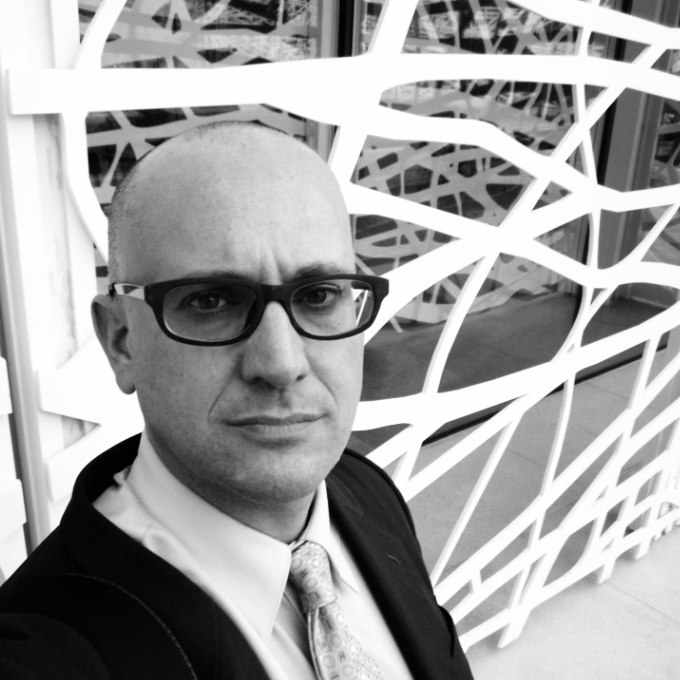
It was not long ago that the chief sustainability officer—or whatever title that person or committee tucked into their email signature—was often someone on the outside looking in. For many companies, appointing a CSO was done to assuage some stakeholders with corporate social responsibility projects. That officer was also charged with giving a public face to the company’s efforts related to their sustainability agenda. But recent trends show that oft-heard complaint is less and less true. We see more companies, from the logistics sector to snack manufacturers, appointing a CSO, and one who has a role with teeth to get things done. They are increasing involved in day-to-day decision making within the C-suite, and their numbers are increasing annually. Now a report from the Weinreb Group shows the role of the CSO has matured even more the past few years.
And what is the biggest shift underway? These CSOs are no longer simply internal program managers—they, in the report’s words, are “strategic lynchpins” who are integral to a company’s overall strategy, often identify new opportunities for innovation and lead impactful strategic initiatives from within and outside the company.
According to the report, which profiled 36 executives tasked with this role at U.S. publicly traded companies, the role of the CSO is changing in five ways:
- Collective benefit: As just mentioned, the CSO’s role is more strategic and less tactical. Instead of focusing on environmental and social projects, he or she is part of the company’s overall plan to deliver value to both stakeholders and shareholders.
- Innovation: Yes, this word is overused by companies as they to differentiate themselves in the marketplace. But CSOs often have a more central role as companies develop projects with a goal to inspire new manufacturing processes, products and technologies. Nike is one example of how innovation, related to the more sustainable use of raw materials, is part and parcel of the company’s overall strategy.
- Stakeholder engagement: No longer a backbencher, the CSO is taking on more responsibility for communicating the company’s commitment to sustainability to external and internal stakeholders. He or she has more leeway to work with the media and the company’s customers as the role becomes more visible.
- Access across the company: Tying in to the CSO’s increased influence within the company, the CSOs surveyed in this report reported that they had access to the business across all functions and levels. It should be noted that the CSOs surveyed by Weinreb have had a long history with their organizations: on average they were with their companies for 10 years and 86 percent were hired from within instead of recruited from outside the company. So this should not be surprising since many of them are already well-known and have established credibility within the company.
- A team player: As with any c-suite position, the CSO’s success rests with his or her ability to work with multiple teams throughout the company—and in turn that allows sustainability thinking to be embedded throughout the company. As a CSO for a Silicon Valley firm told me a few years ago, the response to “how can I make my job sustainable” was as follows: “Allow me to access the data and materials to which you have access, but I need, to help our company make the right decisions—that is your sustainable job right there.”
One last trend—sustainability, is less of a man’s world. The Weinreb Group reports women now make up 42 percent of CSO positions—that is more than double the past two years. Watch for this role to evolve even more this decade. After all, the microscope companies are under thanks to social media, and the increasing demands of stakeholders, really give them no choice.
After a year in the Middle East and Latin America, Leon Kaye is based in California again. Follow him on Instagram and Twitter. Other thoughts of his are on his site, greengopost.com.
Image credit: Vlad Lazarenko

Leon Kaye has written for 3p since 2010 and become executive editor in 2018. His previous work includes writing for the Guardian as well as other online and print publications. In addition, he's worked in sales executive roles within technology and financial research companies, as well as for a public relations firm, for which he consulted with one of the globe’s leading sustainability initiatives. Currently living in Central California, he’s traveled to 70-plus countries and has lived and worked in South Korea, the United Arab Emirates and Uruguay.
Leon’s an alum of Fresno State, the University of Maryland, Baltimore County and the University of Southern California's Marshall Business School. He enjoys traveling abroad as well as exploring California’s Central Coast and the Sierra Nevadas.














